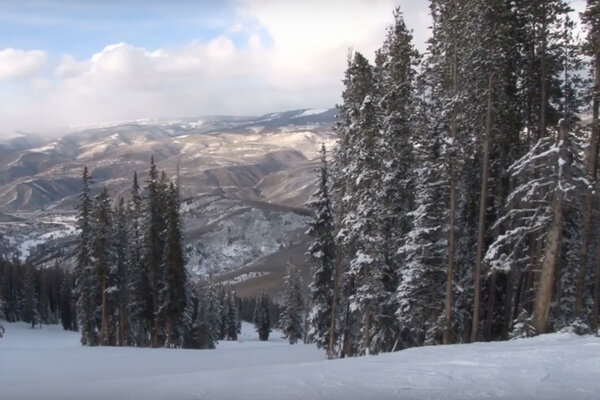But the Montreal Protocol is working: the hole in our planet’s UV-blocking ozone layer was smaller than those of the 1990s and 2000s.
Northern Hemisphere land areas were record warm, and La Niña left its imprint on global precipitation patterns.
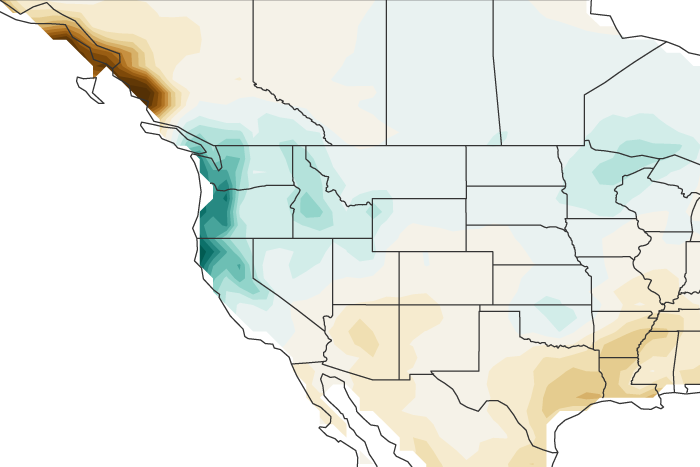
If ENSO is a romantic comedy, our ocean-atmosphere couple is in an on-again phase, and they're expected to stay together through the winter.
Atmospheric rivers and a powerful Nor'easter brought significant precipitation to the U.S. in October. East of the Rockies, most of the country was warmer than average.
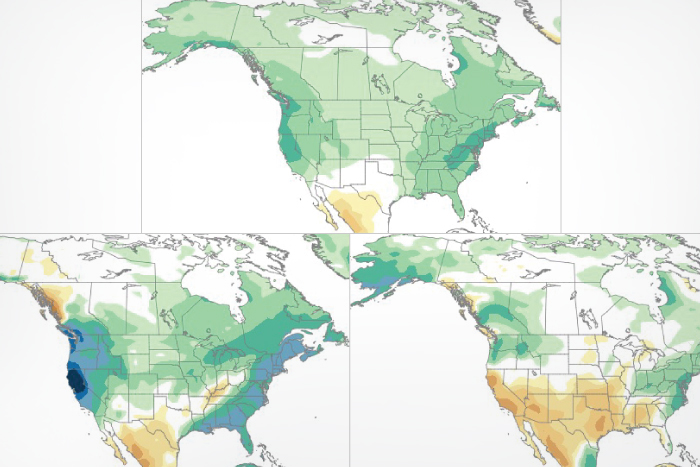
Why doesn't the climate behave like we expect? The answer often lies in the internal variability of our atmosphere. Our ENSO Blogger explains exactly what that is.
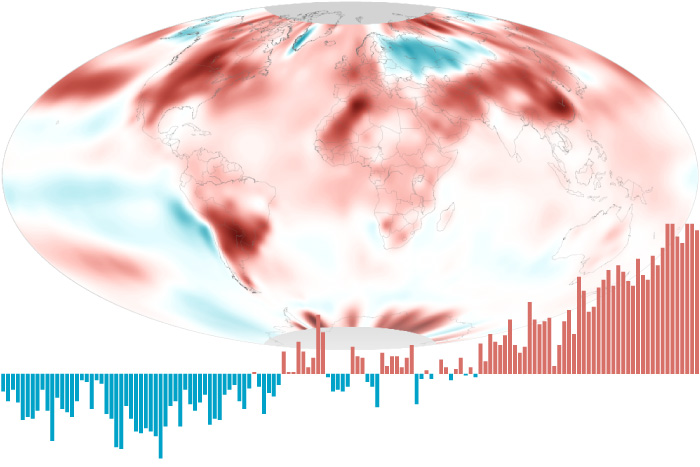
It was the fifth-warmest September on record, and the East Asian summer monsoon was especially wet.
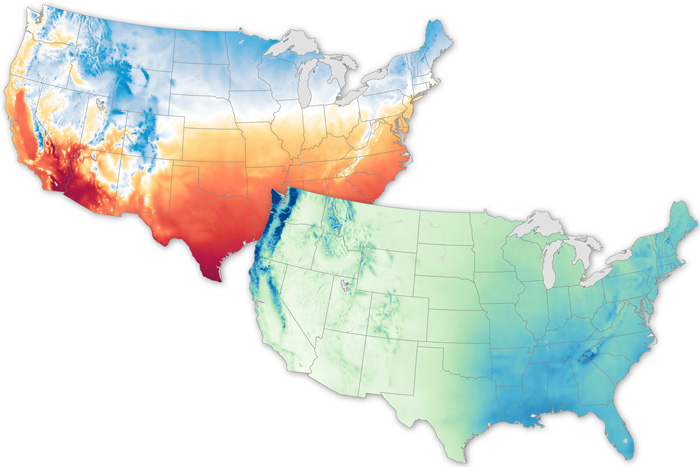
Maps showcase the broad range of climates across the contiguous United States.
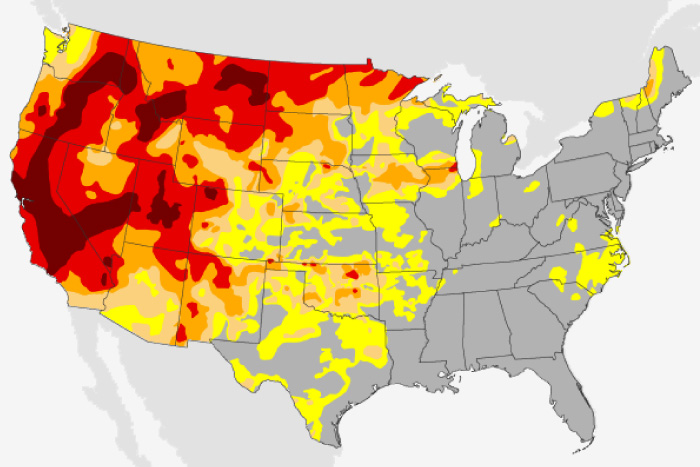
Warmth was widespread across the contiguous United States, while precipitation was a patchwork, with most of the drier-than-average regions in the already-parched West.
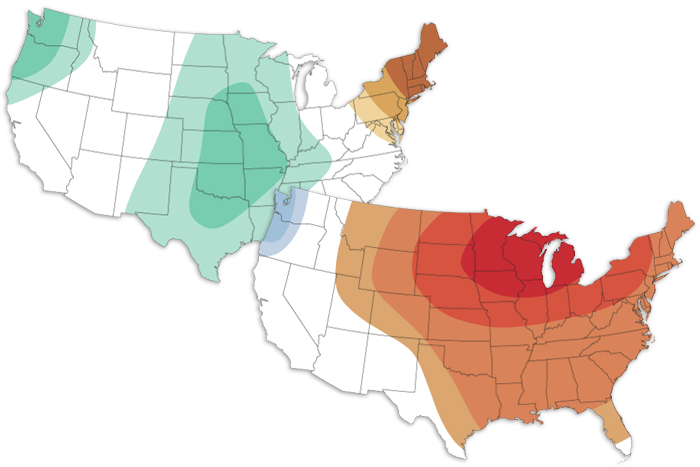
The October 2021 climate outlook favors a warmer-than-average month for the central and eastern United States and wetter-than-average conditions for the Plains.
